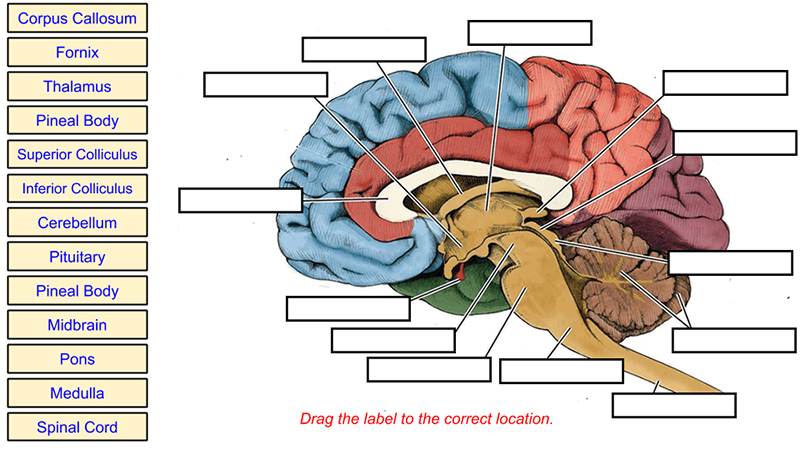Search results for: “24”
-
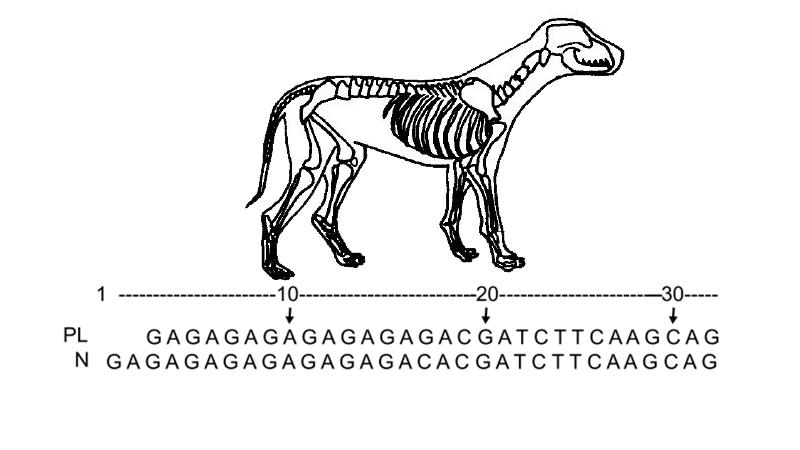
Case Study: Dogs, SNPs, and Patellar Luxation
Students learn how a genetic polymorphism (SNP) is associated with a common problem in chihuahua dogs where their patella slips out of position.
-
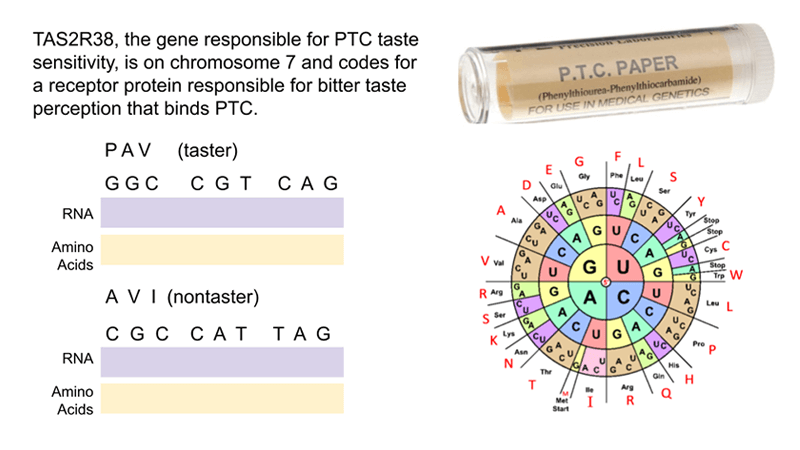
DNA Lesson Using PTC as an Anchoring Phenomenon
Describes how using anchoring phenomenon can improve lessons on teaching DNA and how the sequence of DNA determines structure and function.
-

Urinary System – Label the Kidney and Nephron
I created this version of a labeling activity for students who are learning from home during the 2020 pandemic. You will not need to hand out papers with this version! Instead, students use their Chromebook to open Google Slides and drag the labels to the correct position. I usually assign this activity after students have…
-
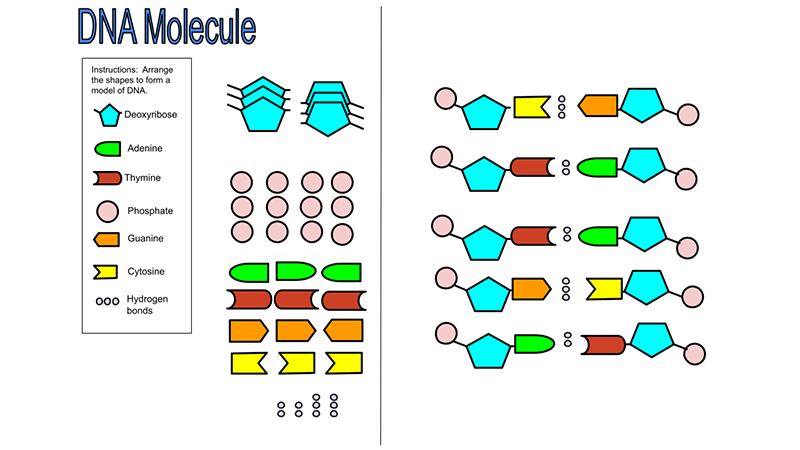
DNA Model – Cut and Paste Nucleotides
This digital modeling activity allows students to build a DNA model by dragging the individual parts into a completed diagram
-
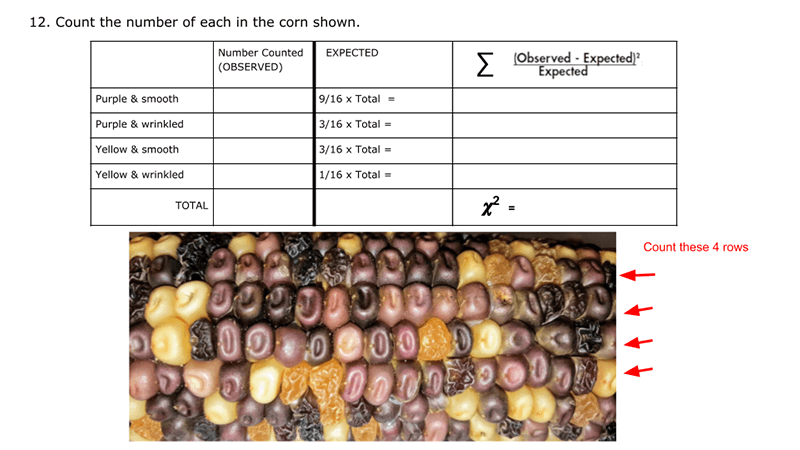
Corn Chi Square (remote)
This is the remote version of a classroom activity I do with corn ears. Students would count the kernels (smooth, wrinkled, purple, yellow) and determine if the ears of corn are the result of a dihybrid cross, RrPp x RrPp. This gives students the opportunity to apply statically analysis to data sets and determine if…
-
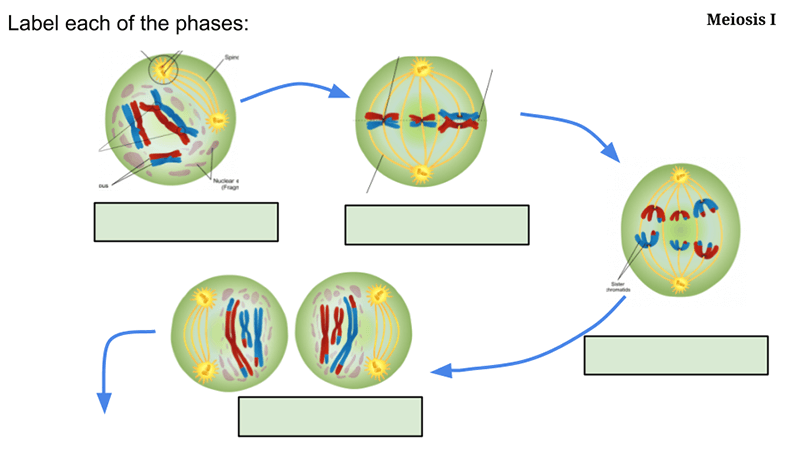
Modeling Meiosis and Independent Assorting Using Slides
Meiosis is a difficult topic for beginning biology students. There’s a lot going on in the cell to ensure that each new gamete receives half the DNA of the parent cell. In addition, each new cell is completely unique. This is the result of independent assortment and crossing over. Lessons on meiosis generally involve labeling…
-
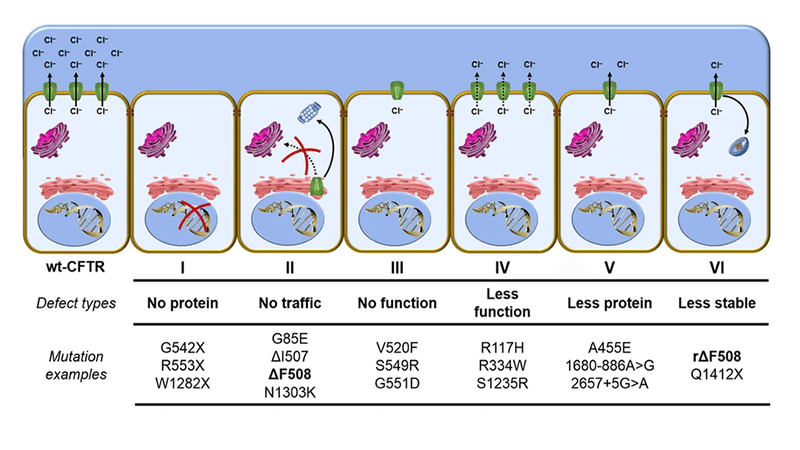
Case Study: Cystic Fibrosis Mutations
This case study is a follow-up to the Cystic Fibrosis Case Study where students explore how changes in transport proteins affects the movement of ions, resulting in a build-up of chloride ions and the symptoms of the disease. Students were introduced to the idea that different mutations can cause differences in the transport proteins, but…
-
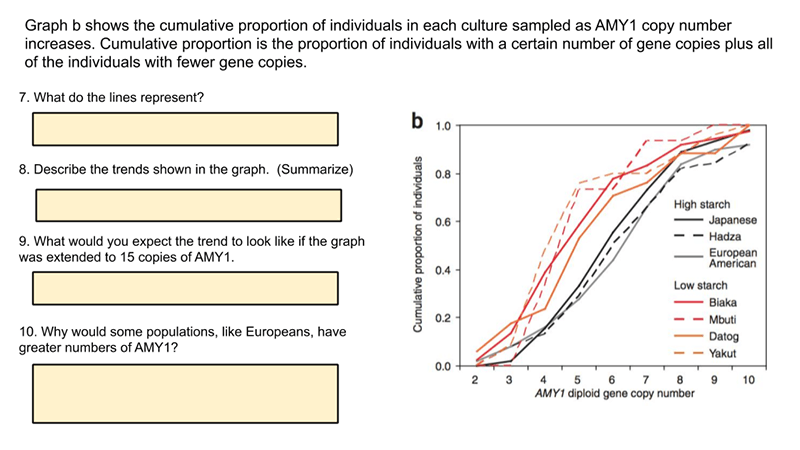
Amylase Enzyme and Copy Number Variant
This activity explores a data set on the frequency of copy number variants in the gene AMY1 that codes for amylase activity in the saliva. Amylase is an enzyme that breaks down starch into sugar. The activity builds on the HHMI data point showing how presence of multiple copies of the gene correlate to populations…
-
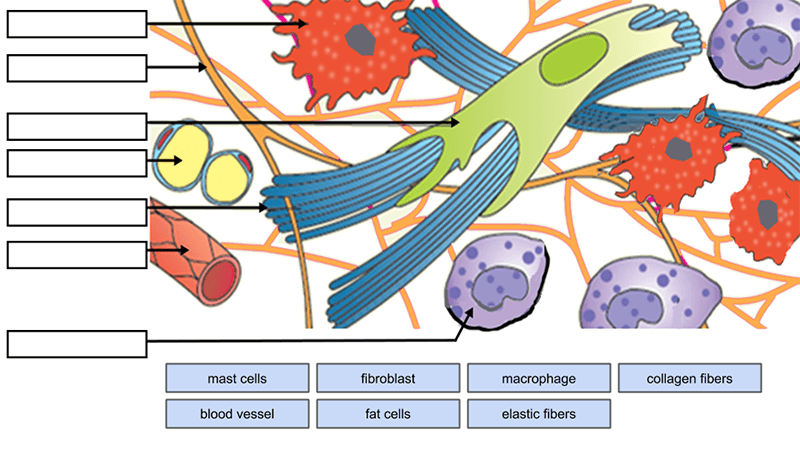
Body Tissues Review
This remote learning exercise was made for anatomy students studying body tissues. The review uses Google slides for students to drag labels to the different types of epithelial cells and label the connective tissue matrix. Another slide has photos of tissue for students to identify which is the epithelial, connective, nervous, and muscle tissue. Fun…
-
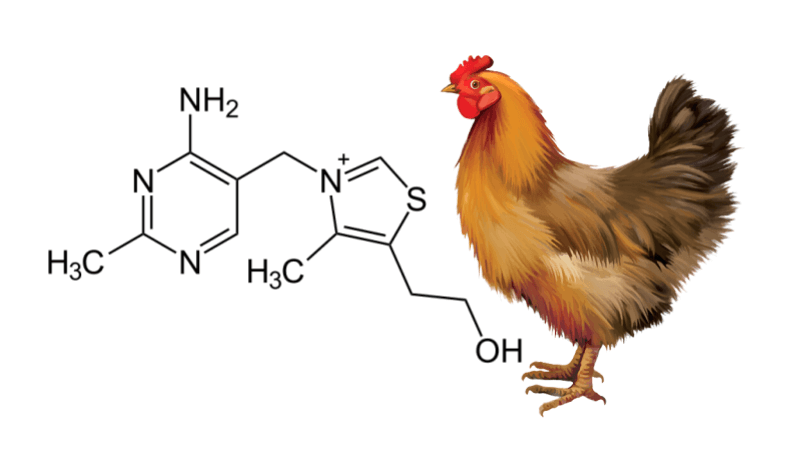
Scientific Method Study on Beriberi and Chickens
Revised version of the Scientific Method in Action worksheet that focuses on the chickens who became sick due to a vitamin deficiency.
-
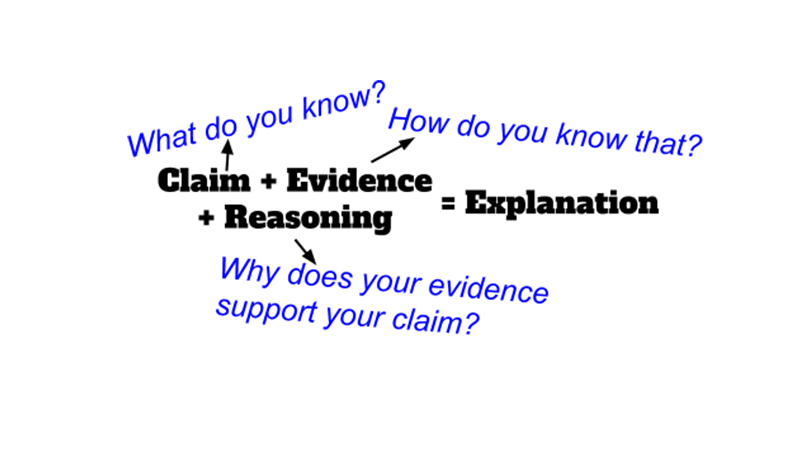
CER and Data Analysis
CER introduction to scientific argumentation (claim, evidence, reasoning), Analyze a graph showing ACE2 receptors by age group.
-

Air Pressure and Life
Anatomy begins by describing the requirements of life. Why do you need air pressure to survive and what happens when you are in space with no pressure.
-
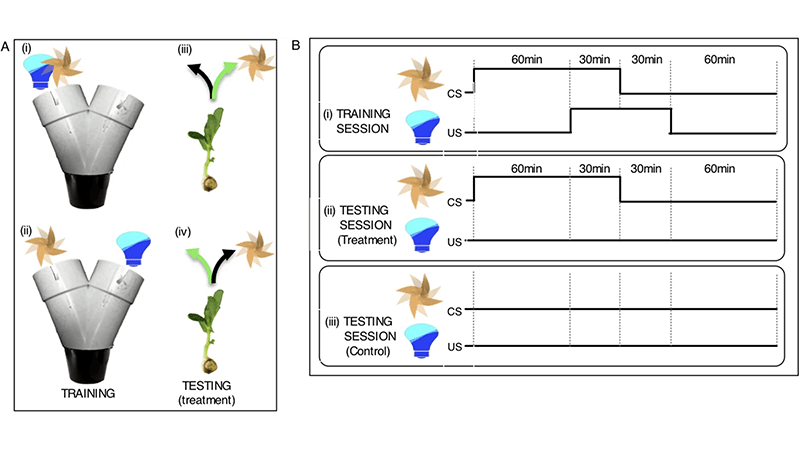
Can Plants Learn?
An experiment to determine if plants could learn by association Identify key features, such as variables, controls. Based on a real experiment in Nature.com.
-
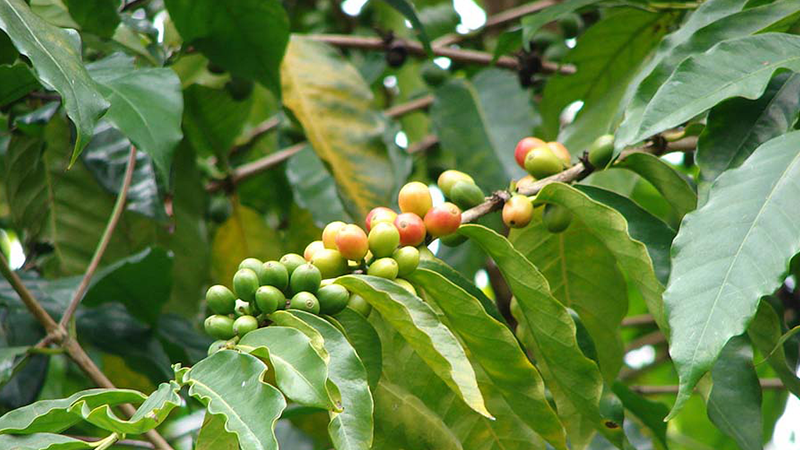
Evolution of Caffeine
In this activity, students access a database called UniProt that provides information about protein sequences derived from genome sequencing. Students search for the protein sequences of three plants that produce caffeine, Camellia sinensis, Coffea arabica, and Theobroma cacao (tea, coffee, and cocoa). They compare the protein sequences to determine if the gene to create caffeine arose independently…


